Malta’s ‘free’ public transport scheme is costing the country’s taxpayers some €250 per head every year.
The subsidies, which cover bus travel costs, are paid to Malta Public Transport (MTP), a private company owned by Autobuses de Leon, a Spanish company based in Madrid.
The €75 million in subsidies, earmarked to be passed on to the Spanish company this year, include a €49 million grant, forming part of a Public Service Obligation concession signed with the Maltese Government and an additional €25 million to ‘buy’ Tallinja Card services, which make commuters eligible for free public transport across the islands.
According to the latest National Statistics Office figures, there are some 300,000 employed people in Malta paying some form of taxes.
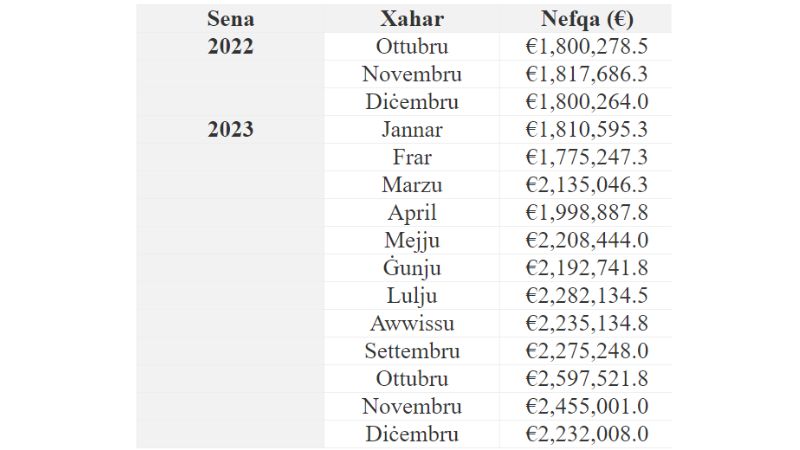
Taxpayers’ payments per month for free trips. An additional €49 million are to be paid this year as a Public Service Obligation
Unlike other free services, such as healthcare, subsidised free transportation is not just for those residing and paying taxes in Malta but also for tourists, independent of their nationality.
Transport experts consulted by The Shift commented that while the idea of having free public transportation is a good initiative, the government should take a thorough look at whether the scheme is achieving any results or value for money.
“The idea was to incentivise commuters to ditch their private cars and use public transport. This would free roads, ease congestion and making trips and the economy more efficient.”
However, according to the experts, this is not happening, and traffic problems keep growing.
This puts into question the whole system and whether it is worth investing so much money in public transport instead of using the same money to make the road network more efficient or investing it in other more productive areas of the economy,” the experts said.
Free public transport was introduced by the government in 2022. A few other examples exist in the EU, such as in Luxembourg, however, their economy and GDP levels are much higher than Malta’s, and its burden on taxpayers is much lower.
According to recent statistics published by Transport Minister Chris Bonnet, by the end of last year, there were 542,000 valid Tallinja cards.
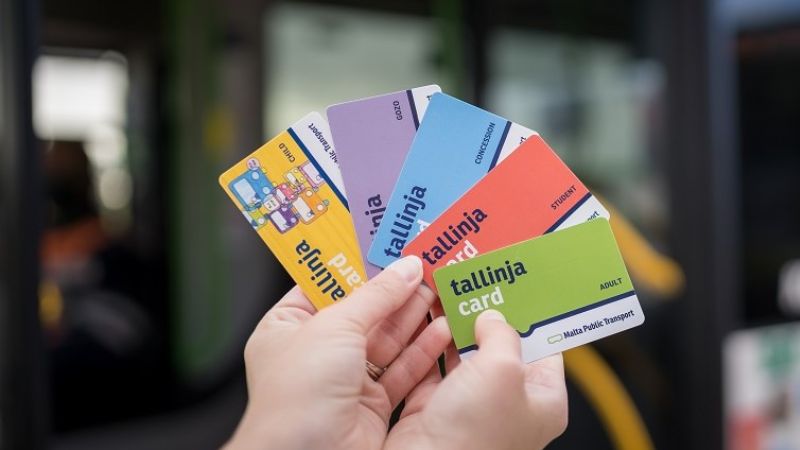
Tallinja Cards
Asked to state whether these statistics were accurate, since according to the NSO, Malta’s population last year stood at 542,051, a spokesman for MTP confirmed that these statistics were correct.
“The numbers mentioned in Parliament refer to the total registrations for Tallinja Cards since its launch in April 2015.”
“Many former residents or temporary residents or even frequent visitors would also have applied for a Tallinja Card to make use of the bus service while they were in Malta over the past nine years.”
When it was pointed out that the latest figures mention “active” cards, the spokesman did not comment further.
According to the government’s free public transport scheme, bus users still have to tap their cards every time they get on a bus, even though the service is ‘free’.
The private company claims its payment from the government according to the number of valid taps (trips) made.
According to the latest data presented in Parliament, subsidised costs for these tapped voyages are costing taxpayers more than €2 million a month, with subsidies increasing every year.
It is unknown what verifications, if any, are being made by the government on the number of subsidised trips being claimed by MTP.
According to MTP, last year, it carried 60 million passengers.

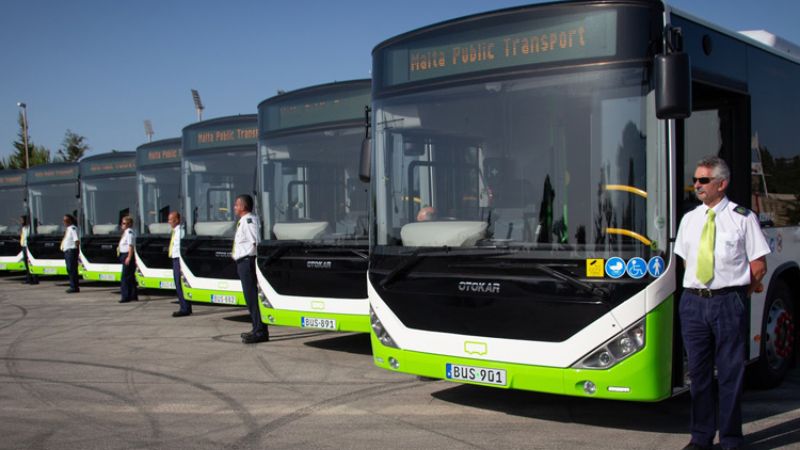
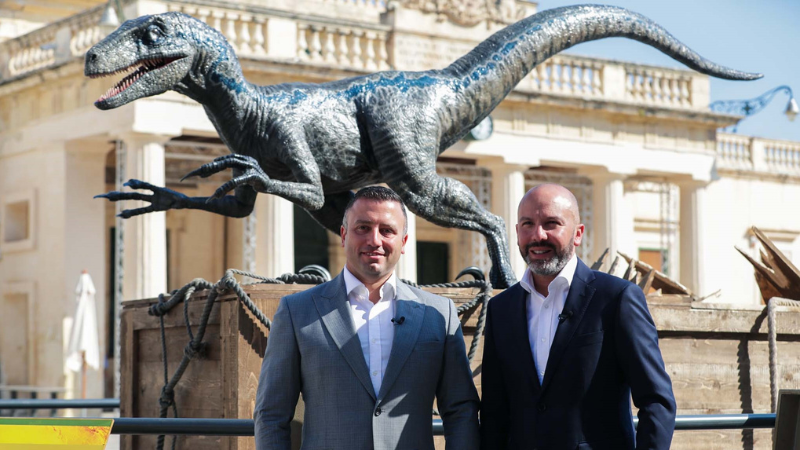
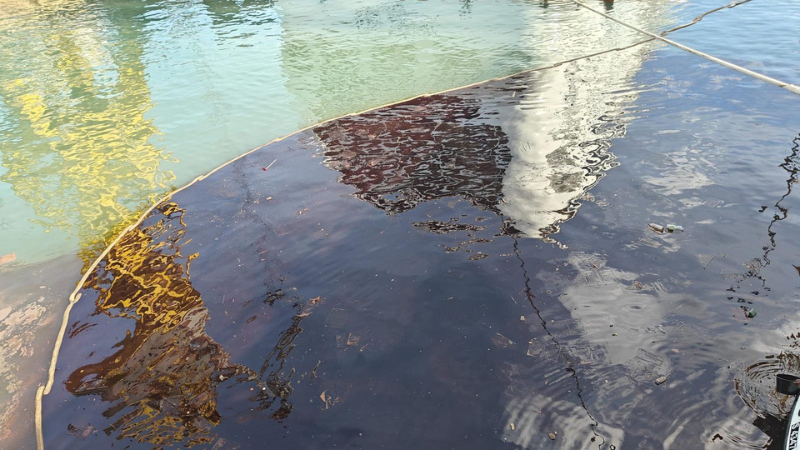
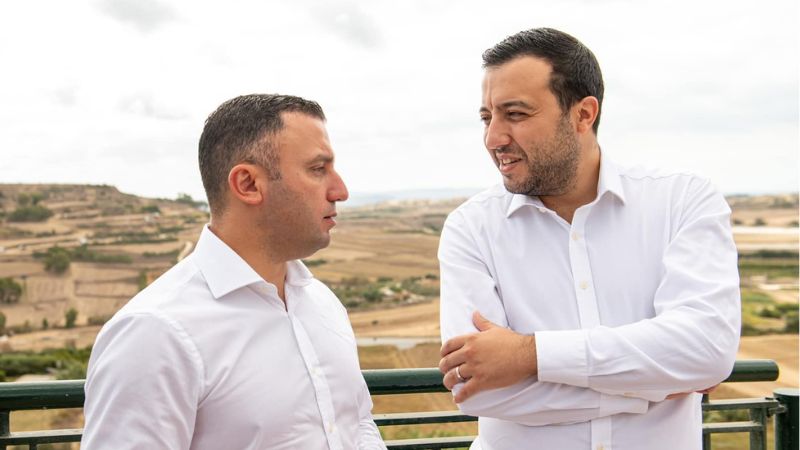
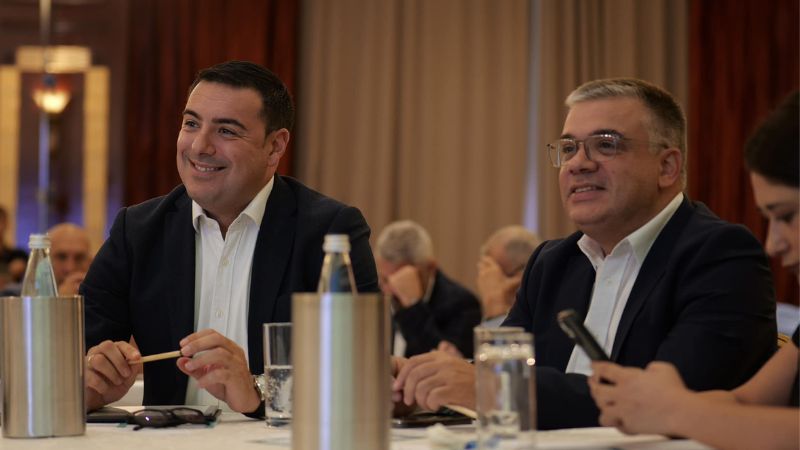







Most of those using the public transport are third country nationals not Maltese nationals ditching their cars. Changes are these are earning too little to be paying any taxes at all.
Rather invest in a proper cycle network around the country where cyclists can ride safely without fear of being knocked over. Maybe more people will use their bikes and get fitter in the process.
An article insinuating that free public transport may have wasteful aspects, although admirable for the search for efficiency, misses the point, that it’s the only way for old and poor people, and students to move around, unless walking, cycling, or tini lift is somehow an option.
I would advise, that if you have a private car, you pay for public transport. Poor people don’t afford cars, they shouldn’t pay. Or (to lose more votes) the more cars you have, the exponentially higher share you pay for public transport. Or ask if the insurance companies can do something useful with the moneys collected in their government approved premiums.
So I am paying €1 daily subsidizing TM , and I would be charged €25 for the card.
If this is not fraud , what is?
“Subsidised free transportation is not just for those residing and paying taxes in Malta but also for tourists, independent of their nationality“, it seems that tourists travel for free, on the contrary, prices has been raised at the end of January 2024:
It’s very uncommon for tourists to purchase a Tallinja, when foreigners do so it’s because they are enrolling in some English course, or they are not tourists.